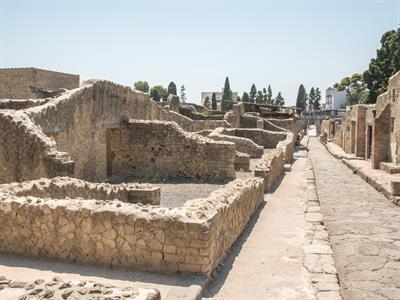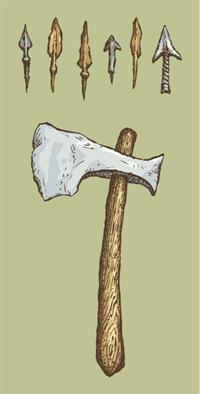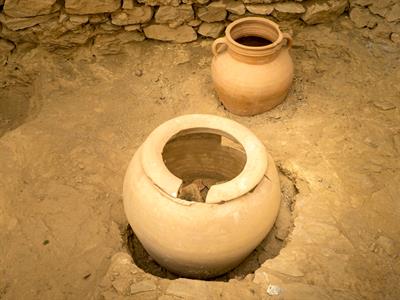
PUMPA - SMART LEARNING
எங்கள் ஆசிரியர்களுடன் 1-ஆன்-1 ஆலோசனை நேரத்தைப் பெறுங்கள். டாப்பர் ஆவதற்கு நாங்கள் பயிற்சி அளிப்போம்
Book Free DemoThe Megalithic sites of Tamilnadu
1.Keeladi
- Keeladi located on the banks of river Vaigai in Sivagangai district of Tamil Nadu holds details about the Second Urbanisation that took place in South India.
- The recent findings from this place display the cultural prints of the Long-gone Vaigai valley civilisation. Hence this Keeladi is also known as Vaigai valley civilisation.
- The artefacts that were unearthed can be dated back to the 6th century BCE to the 1st Century BCE.
- This place was subjected to the first inspection during \(2015\ \)and the second time in the very next year.
- The Skeletal remains of domesticated animals like goats, buffalo, and ox were found from this site, which signifies the presence of Agriculture during the Megalithic age.

Excavated Brick Walls
- The latest excavations from the site brought to light about \(5280\ \)antiquities that include “Brick walls, Golden ornaments, Terracotta ring wells etc.” Other findings like Terracotta chess pieces, ornaments for ear and black and red wares were founded.
- The Presence of structured Brick walls and drainage systems establishes the fact of the Second urbanisation in Keeladi.
- The Roman artefacts were also found on this site which confirms trade between the people of Keeladi and Rome.
- Other findings include Pinpointed tip tools made of bone, Copper needle, Glass beads, Tamil – Brahmi Inscriptions on pots, Iron dice.
2. Payyampalli
- It is located near Tirupattur town of Vellore district in Tamilnadu. This site helped the archaeologists to further study and understand the Megalithic age of South India.
- The Excavation took place under the lead of Shikaripura Ranganatha Rao who headed the ASI during \(1964\). His excavation proved that Payyampalli was a Habitation cum Burial site.

Iron Axe of Megalithic period
- The findings include – Black and redware, Neolithic pottery, iron axes and polished stone axes.
- Evidence of Iron smelting was found in Payyampalli, which enabled the locals to produce a variety of weapons and tools. Iron sickles, chisels and axes were also found during excavations.
- Building huts with levelled floors of stones and the absence of the usage of bone-based tools showed the advancement of the Megalithic people in Payyampalli.
3. Kodumanal
- Kodumanal is a small village in Erode district of Tamilnadu which contained numerous artefacts of the Megalithic age which was later explored by the researchers.
- This place was served as the Trade-cum-Industrial centre of the Megalithic people from 5th Century BCE – 1st Century BCE.

Pots of the Megalithic period
- Recent excavations by the archaeologists unearthed burial tombs with grains which confirmed the belief in the afterlife of the Megalithic people. The burial tomb contained three Chambers.
- Skulls of animals, semi-precious stones like Carnelian and Jasper, gold needles were also unearthed during the excavation.
- Many Tamil Brahmi Inscriptions along with the stone beads were also found there. Mud walls along with pots were also found in this place.
- The researchers strongly believed that it was the city with flourishing trade practices which was mentioned in the ancient text “Pathitrupaththu” as Kodumanam.
Reference:
Pots of the Megalithic period - Lina Balciunaite / Shutterstock.com